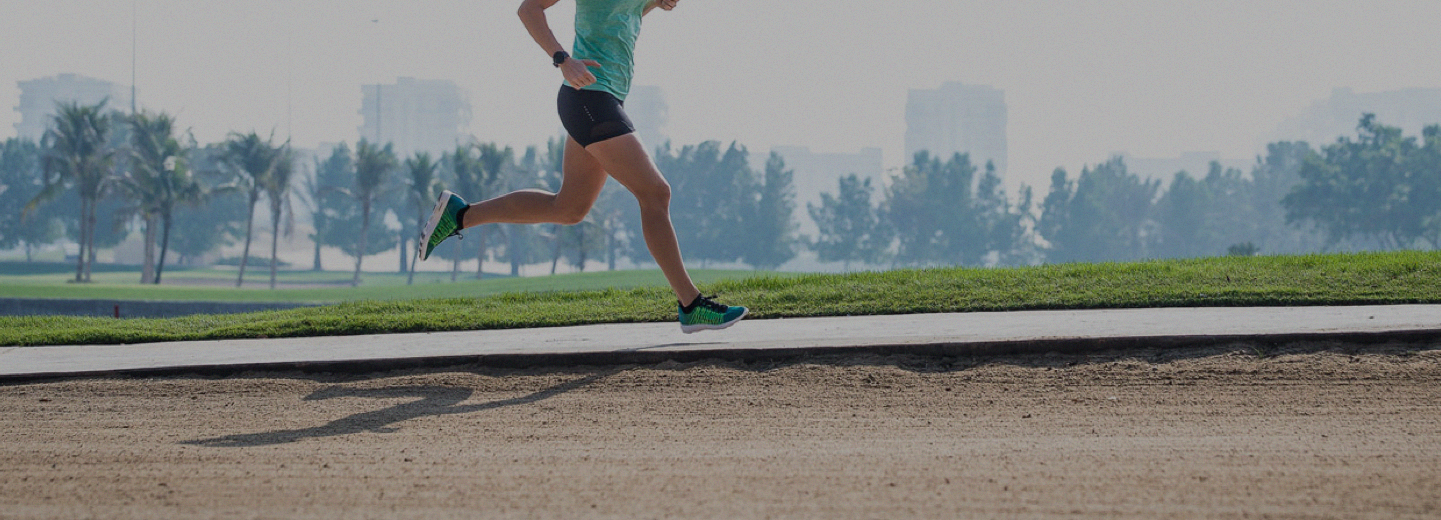Did you know that performing regular body cleanses and detoxes are an easy route to health and healing? We are in constant contact with harmful organisms and pollutants. They’re in our water, in our food, in the air we breathe… it’s very difficult to get away from them. The source of many health issues is the toxins that have built up in our bodies over the years. Fortunately, there are ways to counteract some toxins and pollutants. You can help your body perform these processes with the help of regular cleansing. Here are 5 ways to detoxify your body: 1. Exercise – you can literally sweat your toxins away! 2. Try tongue scraping – tongue coating reflects metabolic debris. 3. Drink water – Just not from the tap! 4. Add detoxifying foods to your diet – think garlic, raw veggies, and fruits 5. Dry skin brushing – the skin is known to be responsible for 15% of total body elimination. Use a natural bristle brush to gently exfoliate and stimulate your skin.
Dean Dalman, Valhalla Automated Spa, www.valhallaautomatedspa.com


